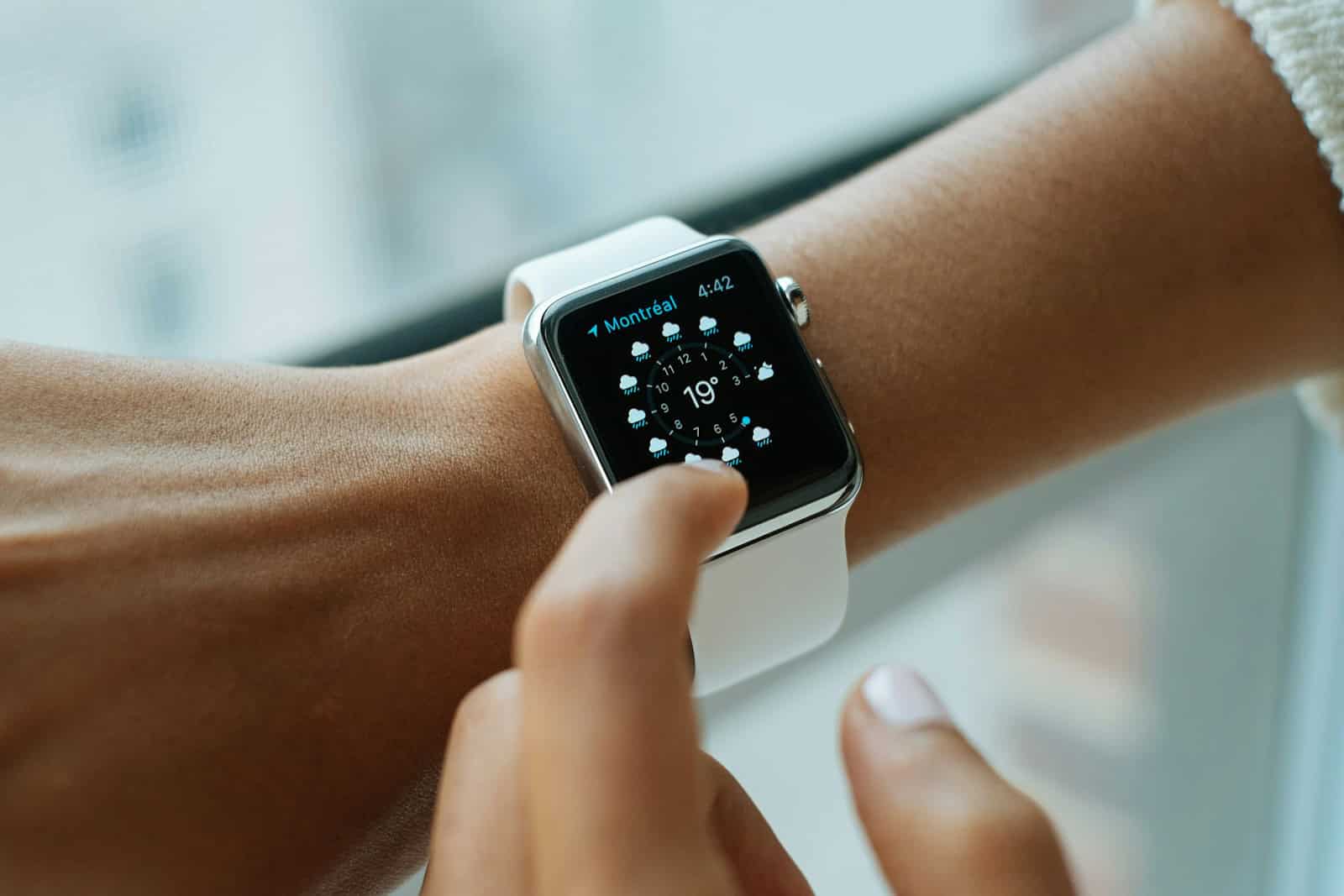Maximizing the battery life of an Apple Watch is crucial for lasting through busy days without the need for frequent charging. Apple Watches are sophisticated devices that offer a range of features and applications; however, these can consume significant battery power when not optimized for efficiency. Users can implement several strategies to ensure their device remains powered longer, from adjusting settings to understanding the best practices for battery maintenance.
Users seeking to extend their Apple Watch’s battery life can start by adjusting the settings that may drain the battery the most. Disabling the always-on display, lowering the brightness, and limiting push notifications are some effective methods to conserve power. Furthermore, making use of the Optimized Battery Charging feature, which learns the user’s charging habits to mitigate battery aging, can contribute to a healthier and longer-lasting battery.
Apple’s approach to charging and maintaining the Apple Watch battery includes features designed to improve the lifespan of the battery. It is important that users regularly monitor their charge levels, manage background applications, and adhere to recommended charging intervals to maintain optimal battery health. By taking care of these fundamental aspects, users can enjoy their Apple Watch for extended periods without compromising on performance or functionality.
Boost Your Apple Watch’s Stamina
1. Optimize Display Settings
Adjust the brightness to a lower, comfortable level. Consider disabling the Always-On Display if your model supports it. Reduce the wake time, so the screen turns off faster after you raise your wrist.
2. Manage Notifications and Alerts
Turn off notifications for apps you don’t need on your wrist. Limit haptic alerts and sounds to essential notifications only. Use Do Not Disturb or Theater Mode during periods when you want to minimize distractions.
3. Control Workout Tracking
For casual workouts, use the Power Saving Mode in the Workout app to disable heart rate monitoring. Consider using a Bluetooth chest strap for more accurate data during intense exercises.
4. Limit Background Activity
Disable Background App Refresh for apps that don’t need constant updates. Turn off location services for apps that don’t require it. Minimize the use of animated watch faces, as they consume more power.
5. Activate Low Power Mode (watchOS 9 and later)
This feature disables Always-On display, limits background heart rate checks, and delays incoming notifications. It’s a great option to extend battery life when needed.
6. Additional Tips
- Keep your Apple Watch software up to date for optimized performance.
- Unpair and re-pair your Apple Watch if you experience unusual battery drain.
- Avoid exposing your Apple Watch to extreme temperatures, as this can affect battery life.
Table: Battery-Saving Tips
| Tip | Action | Benefit |
|---|---|---|
| Lower screen brightness | Go to Settings > Display & Brightness | Reduces power consumption |
| Disable Always-On Display | Go to Settings > Display & Brightness | Significant battery saving |
| Limit notifications | Go to Settings > Notifications | Reduces screen wake-ups |
| Use Power Saving Mode for workouts | Open Workout app > … | Disables heart rate monitoring |
| Disable Background App Refresh | Go to Settings > General > Background App Refresh | Minimizes background activity |
| Turn off location services | Go to Settings > Privacy > Location Services | Reduces power usage |
| Activate Low Power Mode | Swipe up to Control Center, tap battery percentage | Extends battery life in a pinch |
Key Takeaways
- Adjust settings on the Apple Watch to save battery life.
- Use Optimized Battery Charging to prolong battery health.
- Regular battery maintenance leads to better performance and longevity.
Optimizing Settings for Extended Battery Life
To extend your Apple Watch’s battery life, adjusting settings that impact power consumption is key. These include brightness, sound alerts, watch faces, and control of notifications and apps. Making use of power saving modes during workouts can also conserve battery.
Adjusting Brightness and Sounds
The Apple Watch’s brightness can drain the battery. To save power, swipe up to open Control Center and lower the brightness. Keep sounds like alerts at a minimal level too. This helps in preserving the battery life throughout the day.
Customizing Watch Faces and Complications
Simple watch faces save more power than complex ones. To change, firmly press the watch face to choose a new design. Limit active complications as they can use more energy.
Managing Notifications and Apps
Frequent alerts and background app refreshes can affect power use. In the ‘Settings’ app, turn off notifications for less essential apps. Limit background app refresh for apps you don’t use often.
Enabling Power Saving Modes During Workouts
For workout sessions, engage the Power Saving Mode to turn off the heart rate monitor. This will extend battery life. You can find this option in the ‘Settings’ app under ‘Workout’.
Charging and Maintaining Battery Health
Effective charging habits and features provided by Apple can significantly prolong the battery life of an Apple Watch.
Understanding Charging Practices
When charging an Apple Watch, it’s essential to use the provided magnetic charging cable or dock. One should ensure that their device is linked properly and that the charging icon appears on the watch screen, confirming the start of charging. For faster charging, use the Apple Watch Magnetic Fast Charging USB-C Cable with a compatible USB-C power adapter, like the Apple 20W USB-C Power Adapter. It’s safer to charge with USB power adapters plugged into wall outlets than USB ports, which may offer inconsistent power.
Utilizing Battery Health Features
The Apple Watch is equipped with an Optimized Battery Charging setting which learns an individual’s charging routine. This feature aims to reduce the battery’s time at full charge to minimize wear and lengthen battery life. Users can monitor their battery’s status by adding a battery widget to their watch face or checking the battery graph in the battery settings. When the battery is low, a low battery icon will alert users; it’s best to charge before the watch powers down entirely.







